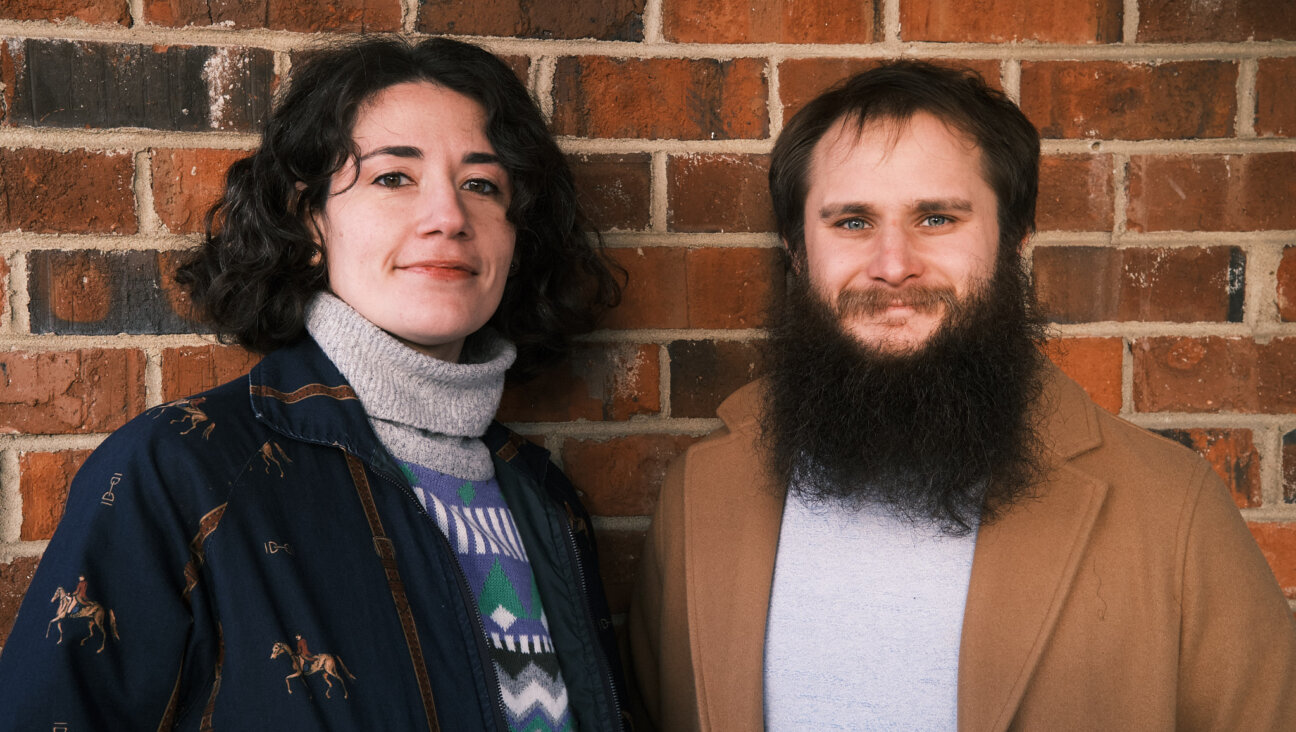Documentary portrays four generations of Jewish life in Lodz

Graphic by Angelie Zaslavsky
This article originally appeared in the Yiddish Forverts.
from LOGTV FILMS on Vimeo.
A new documentary film, “Still Life in Lodz,” by Polish-Jewish film director Slawomir Grunberg, portrays four generations of Jewish life in Lodz through the perspective of a still-life painting that belonged to a Jewish family and hung in their apartment from the end of the Czarist empire to the mass expulsion of Polish Jews in 1968.
This is one of many films that Grunberg has produced and directed over the years. His 2015 film, “Karski & The Lords Of Humanity”, about the desperate calls by Polish diplomat Jan Karski to save the Jews from the Nazi genocide, was widely praised and received a number of honors.
The lives of the painting’s owners and their experiences are portrayed through interviews, archival footage and whimsical animation. The film follows Lodz Jews and their descendants as they return to Lodz to visit the apartment where the painting once hung. Among them are Lilka Elbaum, who lived in Lodz until 1968 in the apartment with the film’s titular still-life painting, and Paul Celler, whose mother survived the Lodz ghetto. Celler lives in Livingston, New Jersey, a city which is home to many Polish Jews and their descendants. Elbaum lives in Boston.

An animated scene from the film Image by Slawomir Grünberg
In Lodz, Elbaum and Celler tour the city with Israeli artist Roni Ben Ami, whose father and grandfather were leading textile merchants in the city. “Still Life in Lodz” weaves scenes of their visit with archival footage of the city’s residents during the Holocaust and innovative animation, which portray historical Jewish life in the city.

















